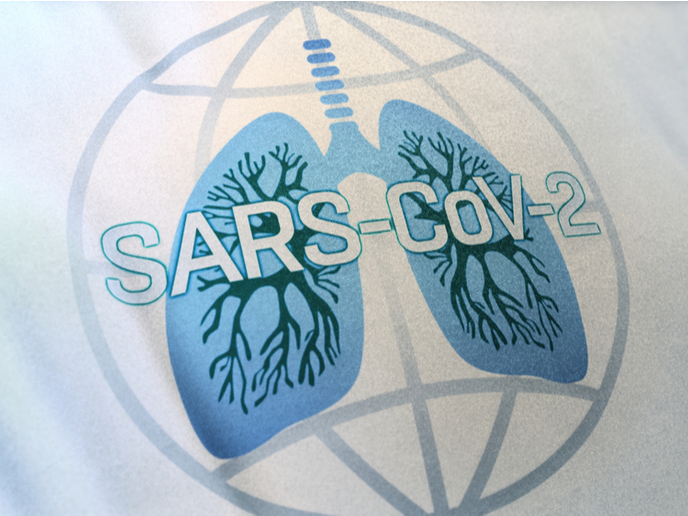Rapid 3D images of coronavirus-infected cell structures
To understand how viral diseases such as COVID-19 spread, scientists have been looking into the structure of host cells infected with the virus. The fluorescence and electron microscopy techniques used until now to visualise the 3D structure of infected cells are very time-consuming and generate too much data. Researchers supported by the EU-funded IndiGene and CoCID projects have now adapted a technique called full-rotation soft X-ray tomography (SXT) to produce high-resolution 3D images of virus-infected cells and their structural changes in under 10 minutes. Their findings have been published in the journal ‘Cell Reports Methods’. “Scanning electron microscopes are preferred in cell imaging because they provide extremely sharp nanoscale images,” explains senior author Dr Venera Weinhardt of IndiGene and CoCID project partner Heidelberg University, Germany, in a news item posted on the university’s website. “But this technology takes a good week to scan an individual cell. It also generates an enormous amount of data that is daunting to analyse and interpret. Using soft X-ray tomography, we get usable results within five to ten minutes.”
The secret is in the holder
Although SXT can image entire cells, many SXT studies of virus-infected cells have failed to make the most of this ability. How? By employing microscopes with flat grids as sample holders – in other words, the same holders used in electron tomography. When such flat sample holders are tilted, the thickness of the samples changes, resulting in some cell structures appearing out of focus. Since the holders’ flatness makes it difficult to scan the cells at all angles, it also leads to blind spots. What is more, cells can adhere to the grid or spread out on it, requiring multiple tomograms to be stitched together to visualise an entire cell. Since this makes it possible to image only a small sampling of a cell instead of all the structures in the cell, it makes it difficult for scientists to track cellular changes linked to a viral infection. “To get around this problem, we switched over to cylindrical thin-wall glass capillaries to hold the samples. During microscopy, the samples can be rotated a full 360 degrees and scanned from all angles,” explains Dr Weinhardt. Using these cylindrical holders, the research team was able to image whole mammalian cells in one tomogram. Furthermore, they performed a full-rotation tomogram of human lung epithelial cells in less than 10 minutes, “showing that SXT can visualize individual clusters of SARS-CoV-2 virions on the cell surface and double-membrane vesicles, which are the sites of viral RNA replication in the cytoplasm of infected cells,” according to the study. The project team also compared cell structures at 6 and 24 hours post-infection with mock infected cells, bringing to light “profound” changes in the subcellular structure caused by the virus. The study’s results highlight the ability of SXT to both visualise and quantify changes in entire cells. The IndiGene (Genetics of Individuality) project is hosted by the European Molecular Biology Laboratory, Germany. The CoCID (Compact Cell-Imaging Device to provide insight into the cellular origins of diseases and to aid in the development of novel therapeutics) project is coordinated by University College Dublin. For more information, please see: IndiGene project CoCID project website
Keywords
IndiGene, CoCID, SARS-CoV-2, virus, cell, soft X-ray tomography, coronavirus, COVID-19



